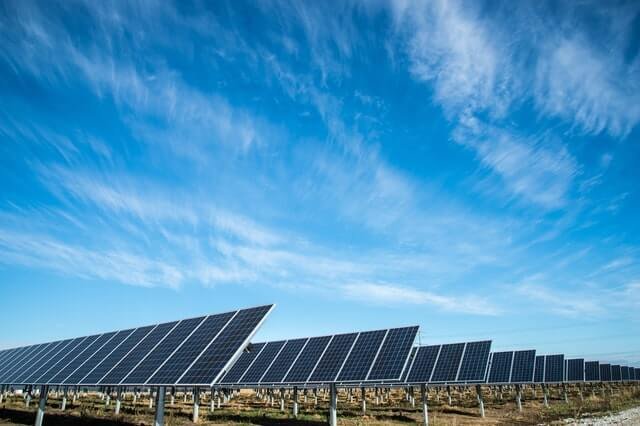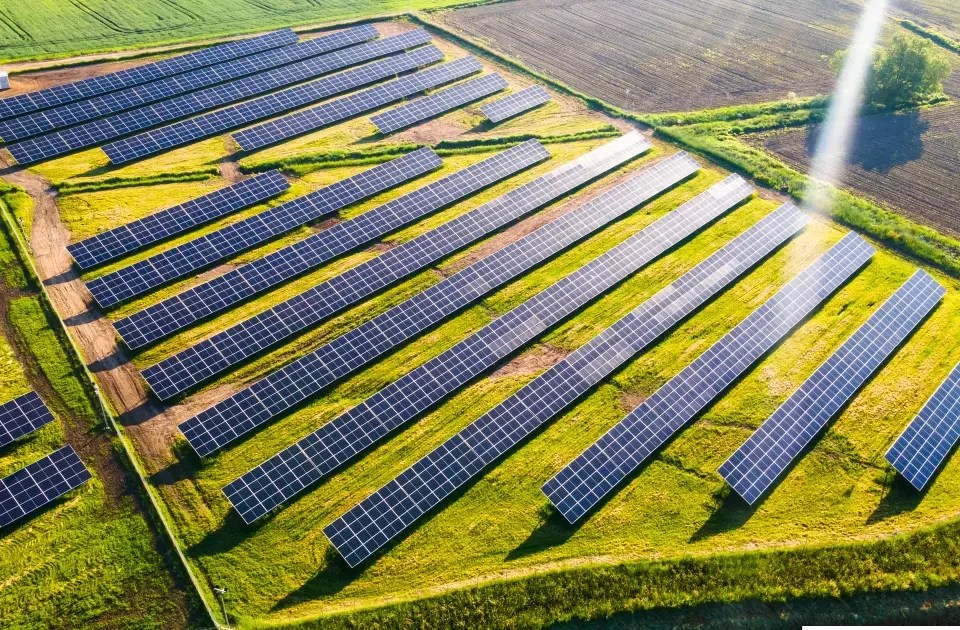Solar panels are an excellent way to cut costs on electricity, improve the influence on the environment, and give a variety of additional advantages, including supporting small businesses and aiding resource efficiency.
We all recognize that solar energy is a renewable and sustainable energy form. The government plans to install solar panels on every apartment’s roof so that it can generate its
own energy. The government helps with financial assistance to the potential crowd who want to put solar panels in their homes.
The Indian Ministry of New and Renewable Energy (MNRE) has initiated a set of Central Financial Assistance initiatives to encourage the use of photovoltaic energy in India and help the country achieve its target of 100 GW of annual production. The administration will grant
rooftop solar subsidies to businesses that contribute to the progress of the nation through
this program.
This solar panel rebate is only for the organizational, household, and social dimensions, not
even for corporate, industry, or public entities. According to the Ministry of New and Renewable Energy (MNRE), the National capital Government pays 30 percent of a total of
the benchmarked investment costs for roof Photovoltaic systems, which itself is confined to
some regions, whilst special category northern states, such as Uttarakhand, Jammu &
Kashmir, Himachal Pradesh, Sikkim, and Uttar Pradesh receive a 70percent of overall
financial support on benchmark infrastructure costs.
By the conclusion of the budget year 2021-22, the goal residential solar installations should
total 8 lac users, and a residential solar subsidy would be supplied correspondingly. Solar
rooftop installations up to 3 kW ought to be eligible for 40% state support, while rooftop
solar systems between 3 kW and 10 kW ought to be eligible for 20% state support.
If the solar rooftop system’s capability exceeds 1 kilowatt DC, it could be implemented
without regard to the demand of users. It’s possible that a solar array subsidy will be
restricted to a peak capacity of 10 kW.
Various schemes introduced by the government
CFA of Rs . 2 M/MW, or 30% of the contract sum, for solar power plants and hyper solar
power projects are provided. Costs of power grids are also included. In addition, INR 2.5 million per unit is available for surveying and creating project plan reports
For rooftops that are connected to the grid:
For the general sector, CFA will give 30% reference costs and 70% CFA costs for the housing,
community, and institutional sectors.
On river banks and heights, grid-connected PV installations are being developed:
This is a photovoltaic incentive for businesses. Monetary assistance is available in the
amount of 30% of the contract sum for river top works and 15% of the project cost for river
bank projects.
CFA will grant a total of INR 2.25 billion for 100 MW over two time periods. It will have to
charge Solar Energy Corporation of India a 1% service charge (SECI).
Conclusion:
If you want to install rooftop PV systems in India, Alfa InfaProp can get you financing from a
nationalized bank for up to Rs 10 lakhs under the classification of house loans or home
remodeling loans. Homeowners would also be qualified for generation-based subsidies,
which will pay them Rs 2 for every unit of electricity produced.




